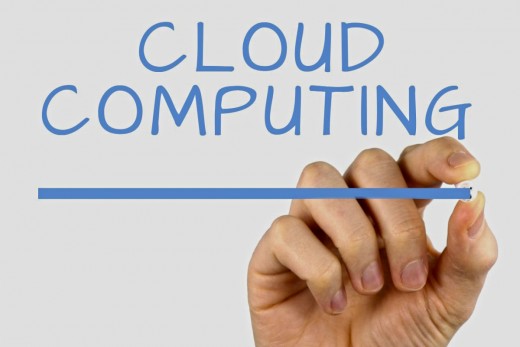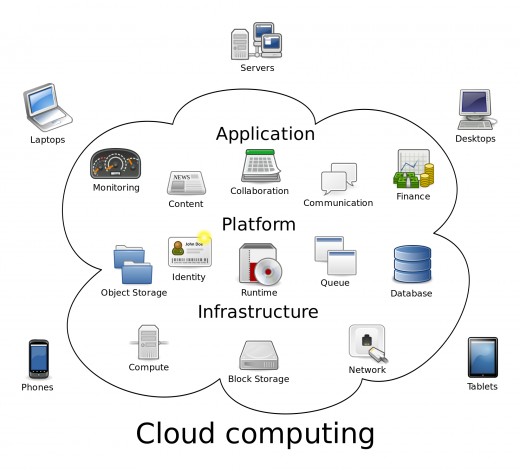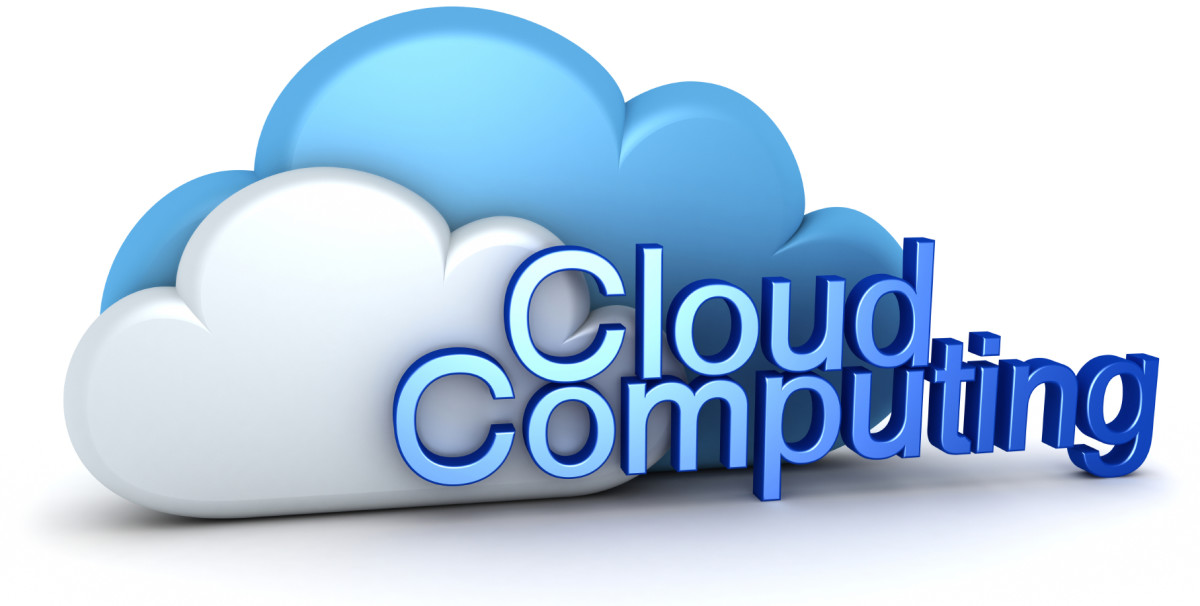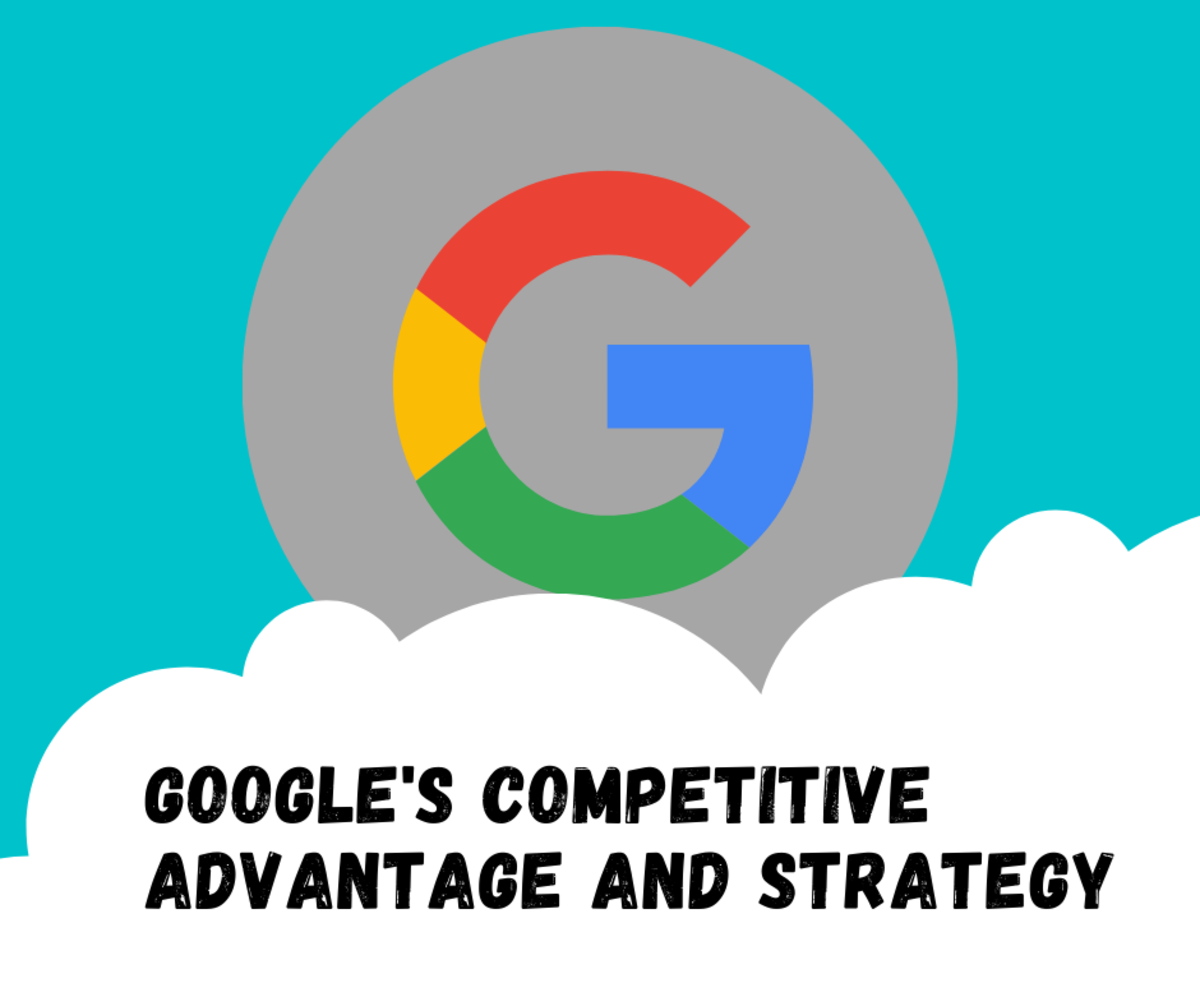Cloud Technology: The Future of Businesses

You hear it everywhere. Cloud computing is the new hottest investment for businesses with eyes on the future.
According to various surveys, cloud computing could dominate the business world in the next decade.
Many CEOs and business leaders even agree that cloud computing will do a huge chunk of their business processes.
But, if you’re an investor and you’re not exactly an IT expert, what does this mean for you?
Let’s start by defining what the cloud is and what cloud computing tech is.
What is Cloud Computing?
It doesn’t get any simpler than saying that “cloud” refers to the internet.
It’s internet, but with lots of add-ons. Clouds are networks connecting massive data centers. This technology enables the creation of scales and global services over the internet.
Cloud computing is storing and accessing data and programs over the internet. It doesn’t require you to store such things in your hard drive.

IaaS, PaaS, SaaS – What are These?
But the cloud technology isn’t just about storing and accessing information on the internet. It comes in different forms, namely IaaS, PaaS, and SaaS.
IaaS (Infrastructure as a Service)
As the name suggests, IaaS refers to the central locations running complete systems.
The clients use these installations to run their applications, database, and software. In other words, IaaS providers offer the hardware for clients to do their stuff on the cloud.
PaaS (Platform as a Service)
PaaS, meanwhile, doesn’t only provide the infrastructure but also the software the clients need. Of course, this comes through the internet.
It’s easy to see the benefit here: the client no longer has to develop its hardware and software. Although PaaS doesn’t replace the client’s entire IT infrastructure, it does a good job easing the IT processes.
SaaS (Software as a Service)
This category of cloud computing provides the software and applications the clients need over the internet.
The SaaS provider hosts the client’s software and delivers it to the target end-users. The SaaS could be anywhere from a central database, an inventory system, or a blogging framework.
Some Examples of Cloud Computing Services
You can better understand cloud computing if you look at real-world examples of companies offering cloud services.
The first would be Google Drive: this service is a pure cloud computing offering. All of its storage is online. It’s available across devices like tablets and smartphones. If you think about it, most of Google’s services have something to do with cloud computing.
Another example would be Netflix and Amazon’s cloud computing relationship. Netflix’s video streaming services run on the computing capabilities of Amazon’s IaaS offering.
Although the two companies are competitors in the video market, the setup works. Netflix uses Amazon’s EC2/AWS platform to fix new servers and remove overloaded ones.
Amazon doesn’t serve Netflix’s video streams. Instead, the latter has specialized boxes that collect and publish video content.
In other words, cloud computing makes it possible for these companies to work together without affecting competition too much. This relationship is overall good for the consumer, as well as the investors of both companies.
What’s in it for companies?
Companies that are investing in cloud computing get services on a pay-as-you-go setup. They only pay for only what they use, be it memory, bandwidth, or processing capabilities.
And these companies receive such services through the internet. In the process, they can save up a lot of resources.
Cloud computing lets them save resources for taxes, rent, maintenance, labor, and many other expenses. They can then focus on creating more critical applications, software, or whatever it is that they need.
Outlook for Growth – Figures and Statistics
A simple Google search for the growth in the cloud computing business will yield a lot of results. All of these will point to the bright outlook for cloud computing.
According to hostingtribunal.com’s figures for 2019, hybrid cloud adoption is at 58%. The same website also said that 90% of the companies are on the cloud.
Citing Cisco as its source, it said that cloud data centers would process 94% of workloads for 2021. At the same time, it predicted that traditional data centers would be obsolete.
By 2023, it said that the global cloud computing market could reach $623.3 billion by the year 2023. In the year 2018, the market size came in at $272 billion.
Meanwhile, according to Gartner’s projection, the total revenue for worldwide public cloud service could be at $331.2 billion.
The Gartner surveys also showed that more than a third of organizations consider cloud investments as the top three investing priorities.
All these figures and statistics point to one bright future for cloud computing: it will dominate business processes.








